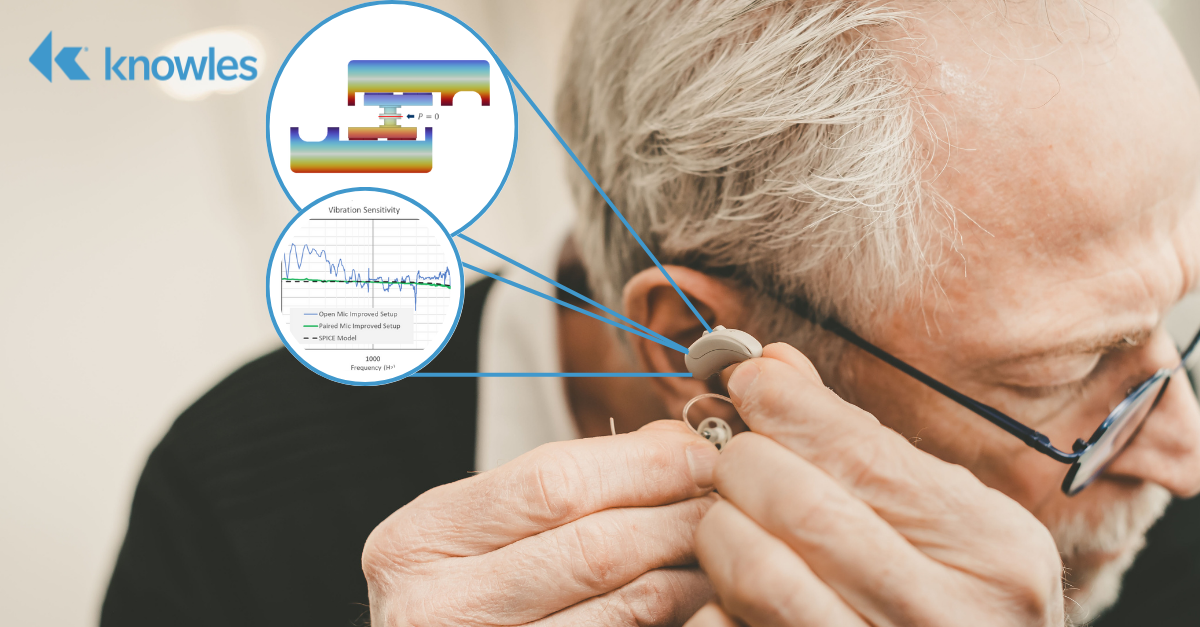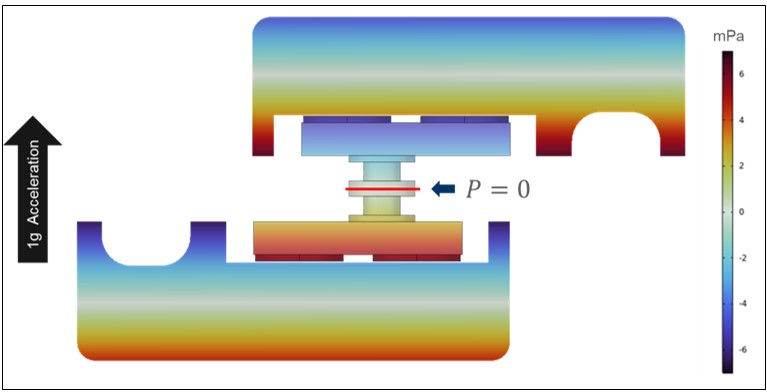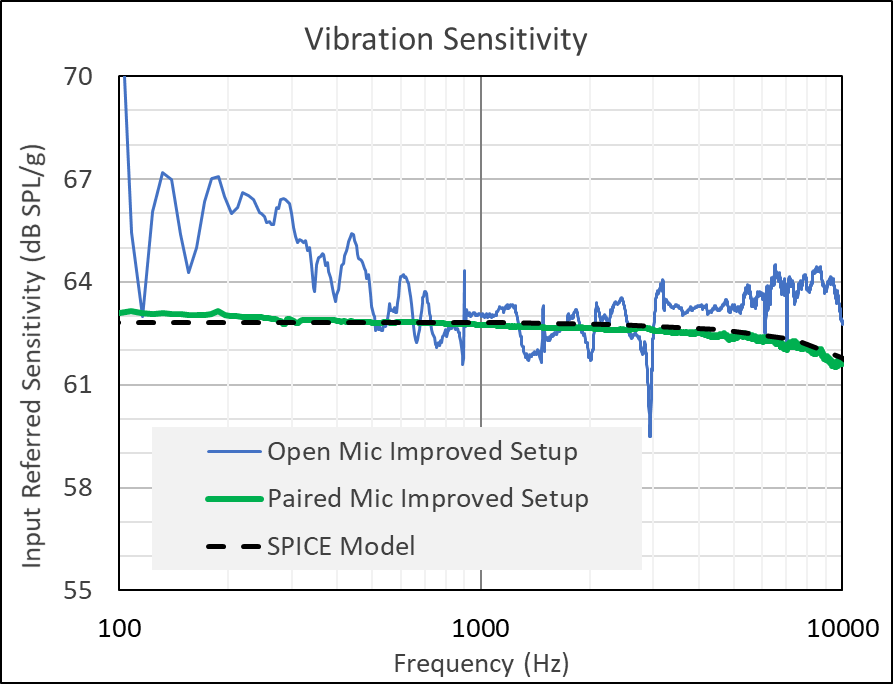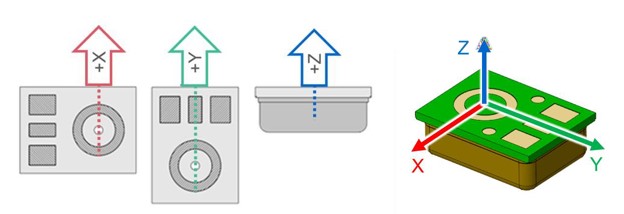Knowles Blog

Knowles Introduces an Improved Method for Measuring Microphone Vibration Sensitivity
June 15, 2023
We have all been at a public event or concert, or on a conference call when a very loud tone seems to take control of the speaker system and everyone needs to cover their ears to avoid an irritating, and sometimes painful, experience. That annoying tone is called feedback, and it occurs when the sound from the speakers is picked up by a microphone, amplified, and again played back by the speakers – creating a feedback loop. Feedback also occurs in in-ear devices, like hearing aids, that provide gain to amplify sounds from the environment. For hearing aid users, there is nothing that sours the experience more than a loud squealing sound in one’s ears.
For in-ear devices, it is not just leaked sound that presents a problem, vibration is a second mechanism for feedback. While all microphones are designed to measure sound, they are also all sensitive to vibration, and so vibration from the speaker can appear to the microphone like an acoustic signal. Because of vibration-induced feedback, there has been a decades-long search for the best way to measure microphone vibration sensitivity. That search has now ended as the R&D team at Knowles has developed the world’s most accurate method for measuring this important microphone metric.
Eureka! A Key Insight Unlocks the Answer
A small team within the MedTech Specialty Audio (MSA) division of Knowles was tasked with solving the problem of producing more accurate and cleaner measurements of microphone sensitivity. An early insight they had was that the “intrinsic” sensitivity within the microphone was defined as the signal produced by vibration with no contribution from sources external to the microphone. The team realized this was the same as saying there was a zero-pressure reference at the port of the microphone.
Previous attempts at simulating a zero-pressure condition in the lab often relied on trying to measure the pressure at the port of the microphone and subtracting that signal from the measured microphone response. Through extensive test and simulation, the team at Knowles determined that it was actually impossible to measure this pressure with high accuracy. It was Charles King, a member of the New Technology Development team in the MSA division, who first realized that by pairing two microphones together (Figure 1), they could actually create this zero-pressure condition in the lab.

Figure 1. X-Rays of conjoined pairs of Knowles MEMS microphones, highlighting port alignment. (Left) Side view, (Center) Top view, and (Right) Oblique view.
When two microphones are mirrored and paired together, all the effects of microphone vibration sensitivity are in balance, creating a zero-pressure condition at the ports of both paired microphones (Figure 2). With a nice quiet environment inside the microphone, the only signal left for the microphone to measure was caused by vibration.

Figure 2. Acoustic simulation demonstrating zero pressure at the shared port of paired MEMS microphones. A cross section of both front volumes and both back volumes is shown.
A New Method Unlocks New Possibilities
With more work, the R&D team at Knowles developed and proved out the new approach of pairing two microphones. They demonstrated that the approach was easier and required fewer error-inducing calculations to complete the measurement. The new approach was also shown to produce the most accurate and cleanest measurements of microphone vibration sensitivity ever seen (Figure 3).

Figure 3. Plot showing microphone vibration sensitivity vs. frequency. Previous methods (one example shown in blue) were noisy and often inaccurate. The paired microphone approach (green) is clean and matches nearly identically with simulation (black).
Chris Monti, Sr. Manager of New Technology Development, led the team and said this about the new method: “The improvements are a leap forward for the metrology of microphones, with better accuracy when measuring an important metric for traditional and OTC hearing aids.”
The team didn’t stop there. The improved method unlocked the ability to measure sensitivity not only in the primary axis of the microphone, but also in the other, less sensitive, directions (Figure 4). For the first time, hearing aid manufacturers can simulate the full vibration performance of a microphone. One technical lead for a large hearing aid manufacturer commented that “the improvements made by Knowles are impressive.”

Figure 4. Pictorial descriptions of acceleration axes.
Spreading the Word – Knowles Shares the New Method
The team at Knowles wanted to share what they learned through conference presentations and papers. Charles King presented at the Acoustical Society of America (ASA) conference in Nashville in December 2022, and again with additional findings and information at ASA Chicago in May 2023. His conference paper is publicly available from ASA. The paper describes the improved method and its benefits in great detail, allowing the method to be adopted as the new standard in the industry.
You can freely access the ASA paper by Charles King and Chris Monti here.
